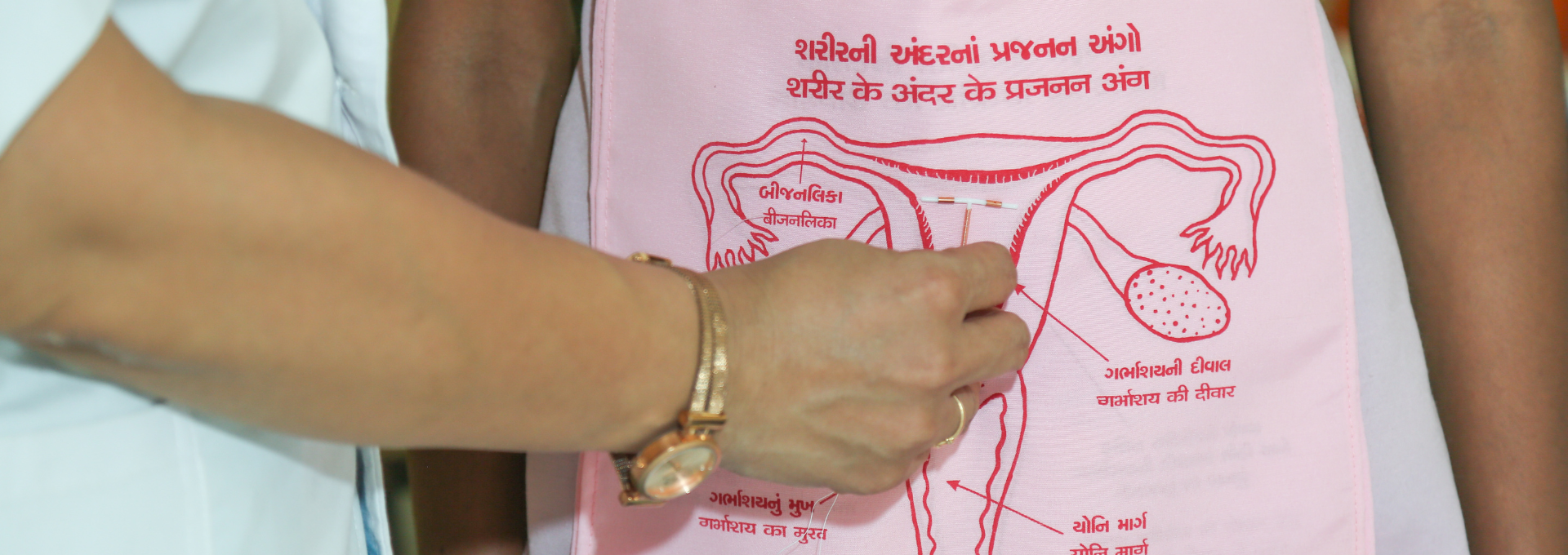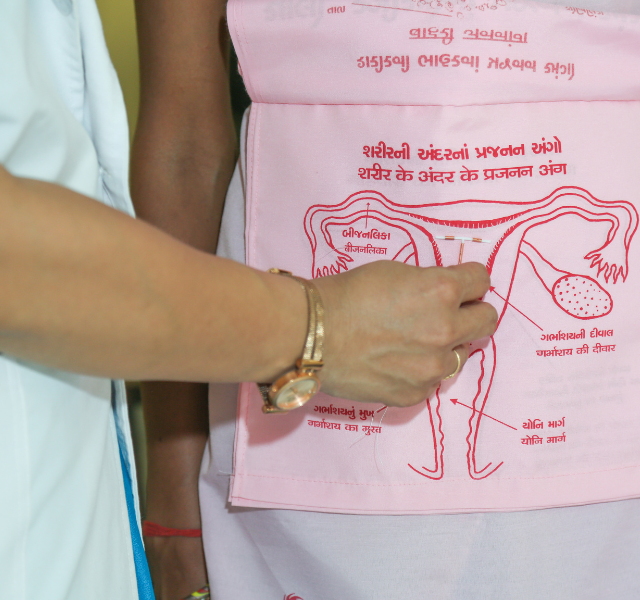

Family planning directly reduces the number of maternal deaths because it reduces the chance of pregnancy and the associated complications (exposure reduction) as well as lowers the risk of having an unsafe abortion (vulnerability reduction), delays first pregnancy in young women who might have premature pelvic development, and reduces hazards of frailty from high parity and closely spaced pregnancies. Improved birth spacing as a result of contraceptive use is also likely to contribute to maternal survival because it enables a longer recovery period between pregnancies, allowing more time for mothers to improve their nutritional status. Definitive decision in immediate postpartum period will ensure protection from unintended pregnancy in the extended post-partum period allowing them time to recover from the nutritional depletion; helping them break out of the vicious cycle of maternal malnutrition and poor neonatal outcomes. Therefore, family planning must be recognised as a primary preventive strategy for safe motherhood.
NFHS 5 data shows that in UP there are a number of women who have a desire to limit or space their children as evidenced by the total unmet need of 12.9% with a limiting need (8.1%) than spacing (4.8%). However, unmet need is as high as 19% in women during the first year of post-partum (NFHS-5).13% of births occur within 18 months of the previous birth while 30% occur within 24 months because uptake of modern contraceptives is deferred due to misconceptions around breastfeeding and amenorrhoea. Although only 4% of the total pregnancies are aborted, 61% of these were aborted as they were unplanned pregnancies while complications in pregnancy and poor health accounted for 6% each(NFHS-5).
Couples must be educated about the importance of healthy spacing and timing, so that use of contraceptives increases to meet all family planning needs. Increased use of family planning would not only prevent the mortality but will also reduce the pressure of unintended pregnancies and births. Provision of family planning methods in postpartum and inter-conception period allows reproductive planning and interventions to reduce risk, allowing women to enter pregnancy in the best possible health and to have the best possible chance of giving birth to healthy newborn.
Recognizing the need to reduce the potential risks to the maternal and child mortality and morbidities associated with unintended pregnancies that either lead to high-risk pregnancies due to narrow pregnancy intervals or repeated unsafe abortion; UPTSU supported the Government of Uttar Pradesh in developing the Post Pregnancy Family Planning (PPFP) protocol to enable providers to support clients choose the most appropriate method best suited to their individual situation.